June 22, 2015
The use of unmanned aircraft systems or “UAS’s,” more commonly known as “drones,” in the construction industry has proliferated in recent years as the technology has advanced. These camera-equipped flying machines are increasingly being used by construction companies to examine project sites before bid, inspect completed work, view areas of the project that are difficult or dangerous to access, take aerial photographs and even perform quantity takeoffs for certain excavations. High-quality drones can be purchased for as little as $1,500 and can be operated without any formal training. Using drones for certain tasks can save time and money, eliminate the potential for worker injury and create a comprehensive project record.
So what’s the downside? According to the Federal Aviation Administration (FAA), drones are considered an “aircraft” subject to the same FAA regulations governing airplanes and jets, meaning that the drone being used for commercial purposes must be a certificated and registered aircraft, operated by a licensed pilot, and have received operational approval. The most common avenue to obtain FAA approval to use a drone for commercial purposes is by petitioning for exemption under Section 333 of the FAA Modernization and Reform Act of 2012 and then obtaining a civil Certificate of Waiver or Authorization (COA). The process to obtain the Section 333 exemption can take up to 120 days, although within the last year the FAA began using a summary grant process to speed up Section 333 approvals when it finds that it previously granted an exemption for a similar activity. After approval of the Section 333 exemption, it can take an additional 60 to 90 days to obtain the COA. Even with a Section 333 exemption, there are many conditions imposed on the use of the drone, including the requirement that the operator hold a pilot’s license of some level.
The good news is that the FAA currently is working on regulations to permit and govern the routine use of drones (under 55 pounds) for commercial purposes. The proposed rules would limit flights to daylight and visual-line-of-sight operations and address height restrictions, operator certification, optional use of a visual observer, aircraft registration and marking, and operational limits. The 60-day public comment period for the small UAS Notice of Proposed Rulemaking closed on April 24, 2015 and no specific date has been set for issuance of the new rules. Until that time, those wishing to operate drones must follow the current FAA regulations and obtain approval. For more information, visit the FAA website for UAS by clicking here.
Aside from violating federal law, there are other considerations to evaluate when deciding whether to use a drone to assist your construction company in performing its work. First, you need to determine whether your present insurance policies would cover a loss caused by your use of the drone. For instance, if the drone lost power and landed on a third party’s car causing damage, would you have coverage? You should consult your insurance agent or broker to ascertain whether your drone use would be covered. You also need to consider the potential for violating a third party’s privacy when taking video footage from a drone. When flying the drone and filming it is possible to unintentionally capture images of third parties or their property, resulting in an invasion of privacy claim.
These are just some of the factors to take into account when deciding whether to use a drone as part of your business, and even more will arise as this technology continues to evolve. At this point, however, a party wishing to use this new technology must do so with open eyes understanding the possible risks that exist.
If you have any questions regarding the above information, please contact an attorney in our Construction practice group.

